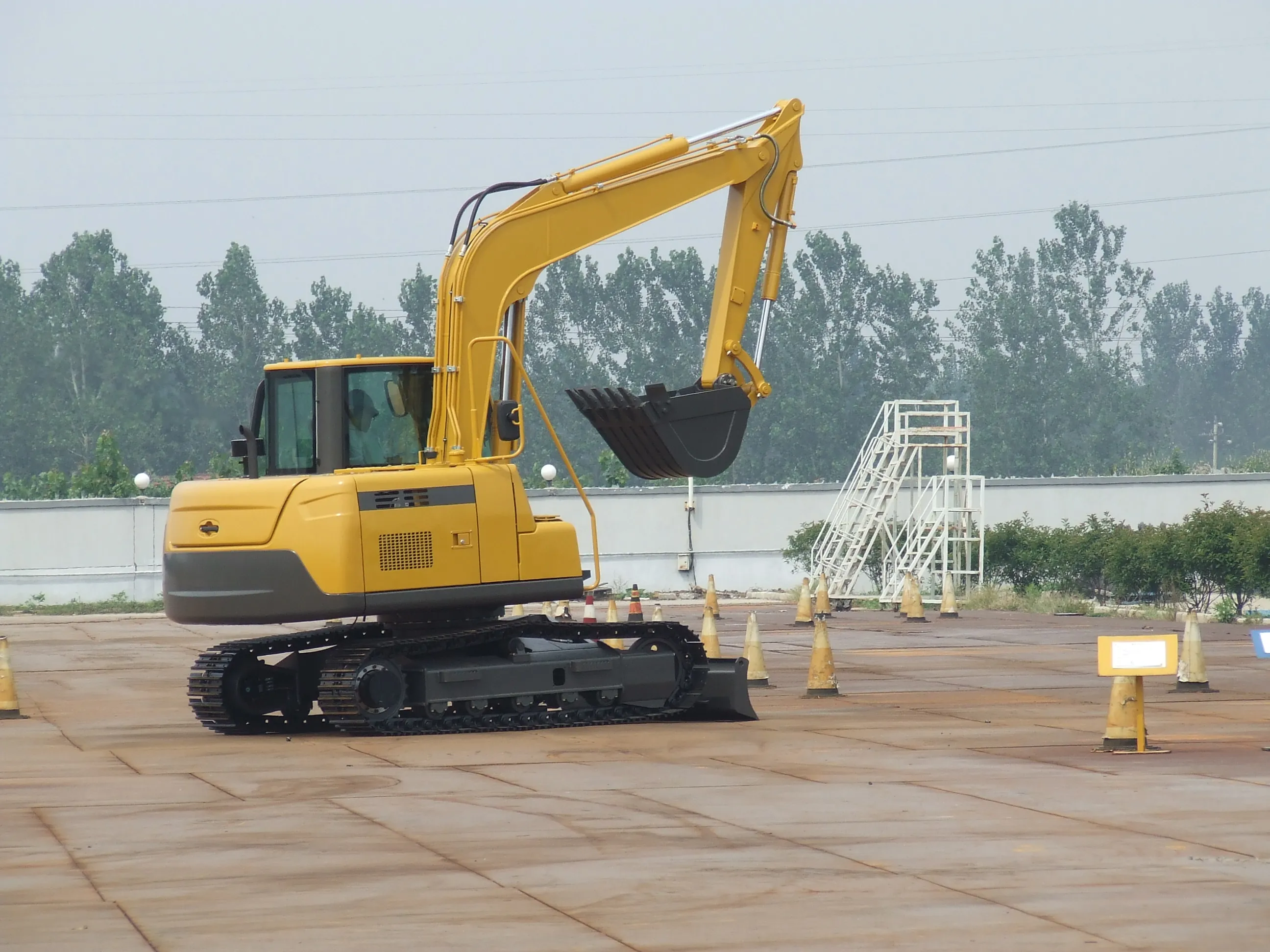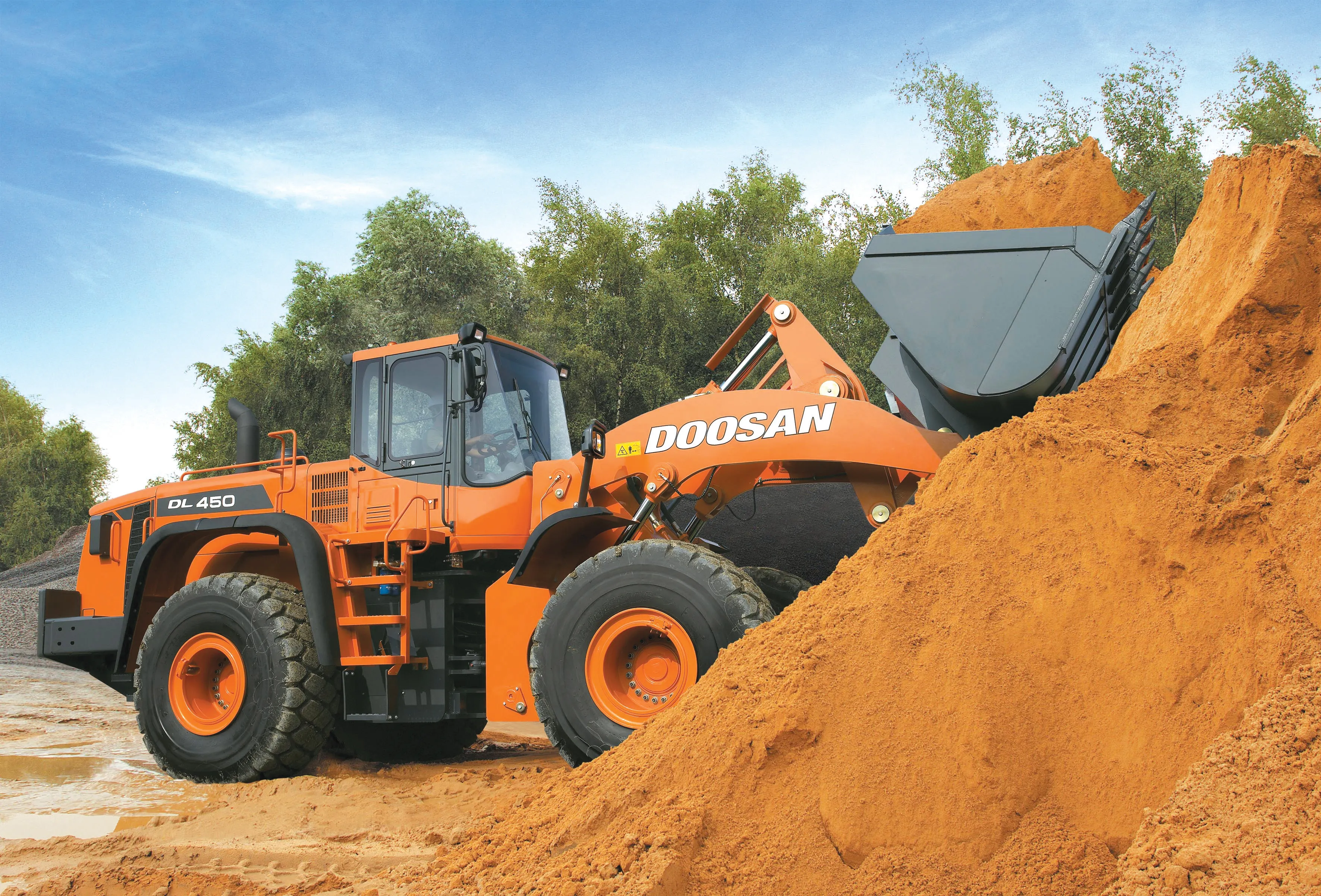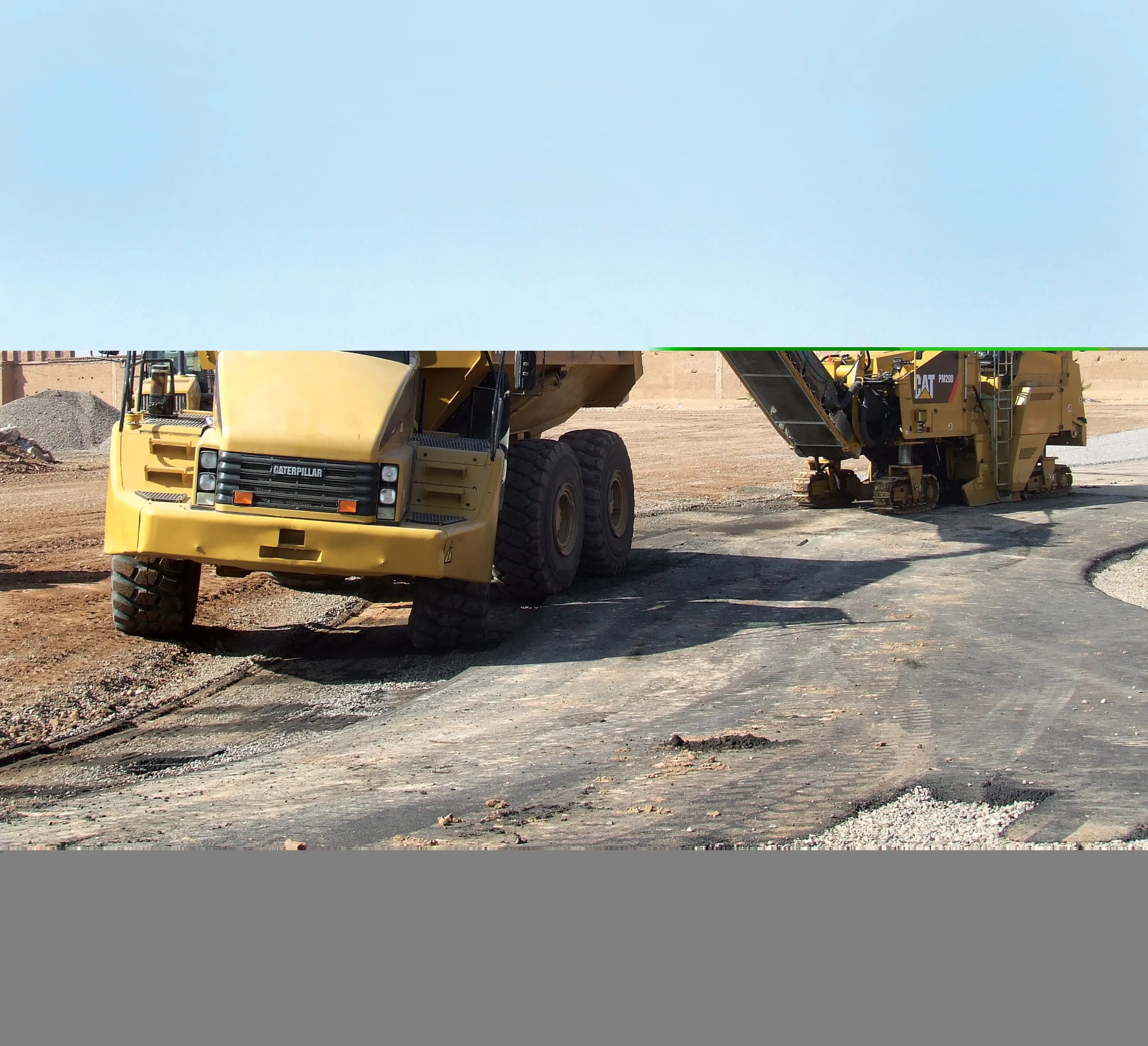SDLG and Volvo CE are adopting a dual brand approach – Mike Woof writes. Chinese firm SDLG and its European partner Volvo CE are working on a novel arrangement that will see the two companies use a dual brand marketing strategy. While the sales channels in these markets will remain distinct, some back office services and parts logistics will be shared, affording SDLG much greater customer support than offered by other Chinese exporters
October 14, 2013
Read time: 4 mins

SDLG and Volvo CE are adopting a dual brand approach – Mike Woof writes
Chinese firmDual branding is by no means new in other industries. In the automotive sector for example,
The tie-up between Volvo CE and SDLG dates from 2006, when Volvo acquired a majority shareholding in its Chinese counterpart. However Shandong Lingong was established 40 years ago and the company has a long history of building wheeled loaders, as these machines are particularly strong sellers in the Chinese market.
This move will give SDLG a distinct advantage, according to Guo Shaohua, assistant director of SDLG’s strategy planning department. Using the organisational strength of its Volvo parent will allow the company to provide the strong customer back-up customers expect, with fast parts delivery and dependable maintenance. There is still a distinction between the two separate ranges. The Volvo CE machines retain their status as a premium brand, with the SDLG products being sold as value machines. The move is of benefit to both companies as it allows customers access to a mid-priced yet quality product with reliable back-up. This development will be of interest to some segments where machines may have lower levels of utilisation so that a premium product is not required. And for some sections of the rental market where fleet customers want a comparatively simple yet rugged machine with good service support, the SDLG brand will also find appeal. To ensure good uptime, the SDLG machines will also be available with sophisticated telematics technology that will provide data on maintenance and service needs.
The SDLG product range has developed through several generations but while it has been producing wheeled loaders for the Chinese market for many years, the agreement with Volvo CE has allowed the Chinese company to further advance its line-up. The current wheeled loader range was developed with input from Volvo and these models were introduced in 2011, showing improved performance, durability and reliability over the earlier generation units. According to the company, the machines are quieter, more reliable and will also last significantly longer. Volvo CE has also used its considerable knowledge in the sector to help in the development of SDLG’s new excavator range.
The SDLG wheeled loaders and excavators feature proven technology for the engines, drivelines and hydraulics, with some components such as the cabs that show the Volvo CE influence. Manufacturing of the SDLG loaders and excavators is based on a variant of the
The Volvo CE influence has been beneficial for SDLG in several ways too, as the firm has been developing its market share even in its home market and at a time when overall sales in the country have been hit hard by a reduction in construction activity. Guo claimed that since 2011 the company has been market leader for wheeled loaders in China, rising from fourth place just three years ago. SDLG is running its marketing independently from Volvo CE though and the two brands are remaining separate. In addition, SDLG has also managed to grow sales of its latest excavators, which weigh from 6-36 tonnes, and has strong hopes for these machines in export markets.
The company has recently opened a manufacturing facility in Brazil that is making wheeled loaders and excavators. The company is also considering the potential for manufacturing facilities in other countries in the future should demand prove sufficient; Russia, India and Indonesia, although there is no set timescale at present.








